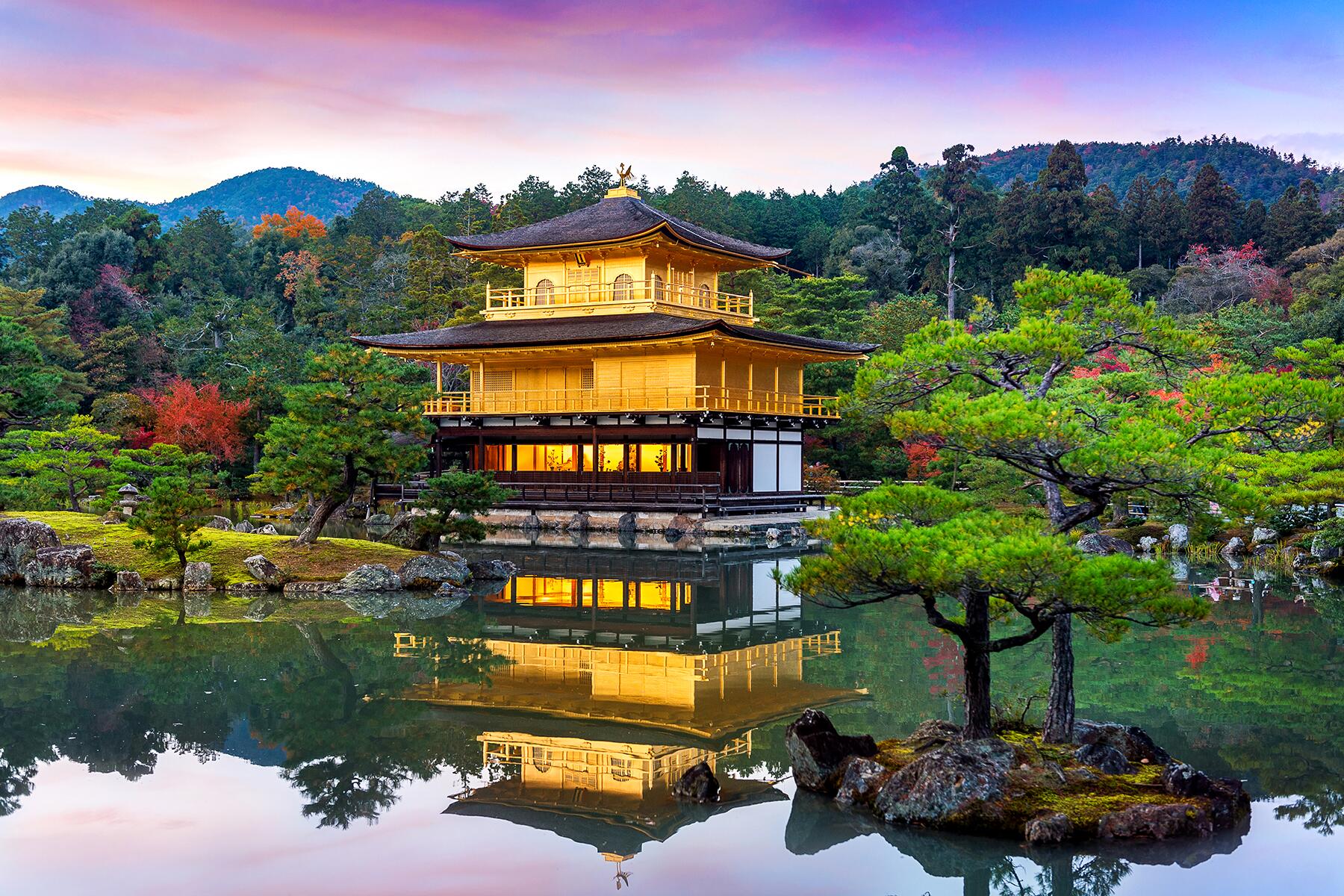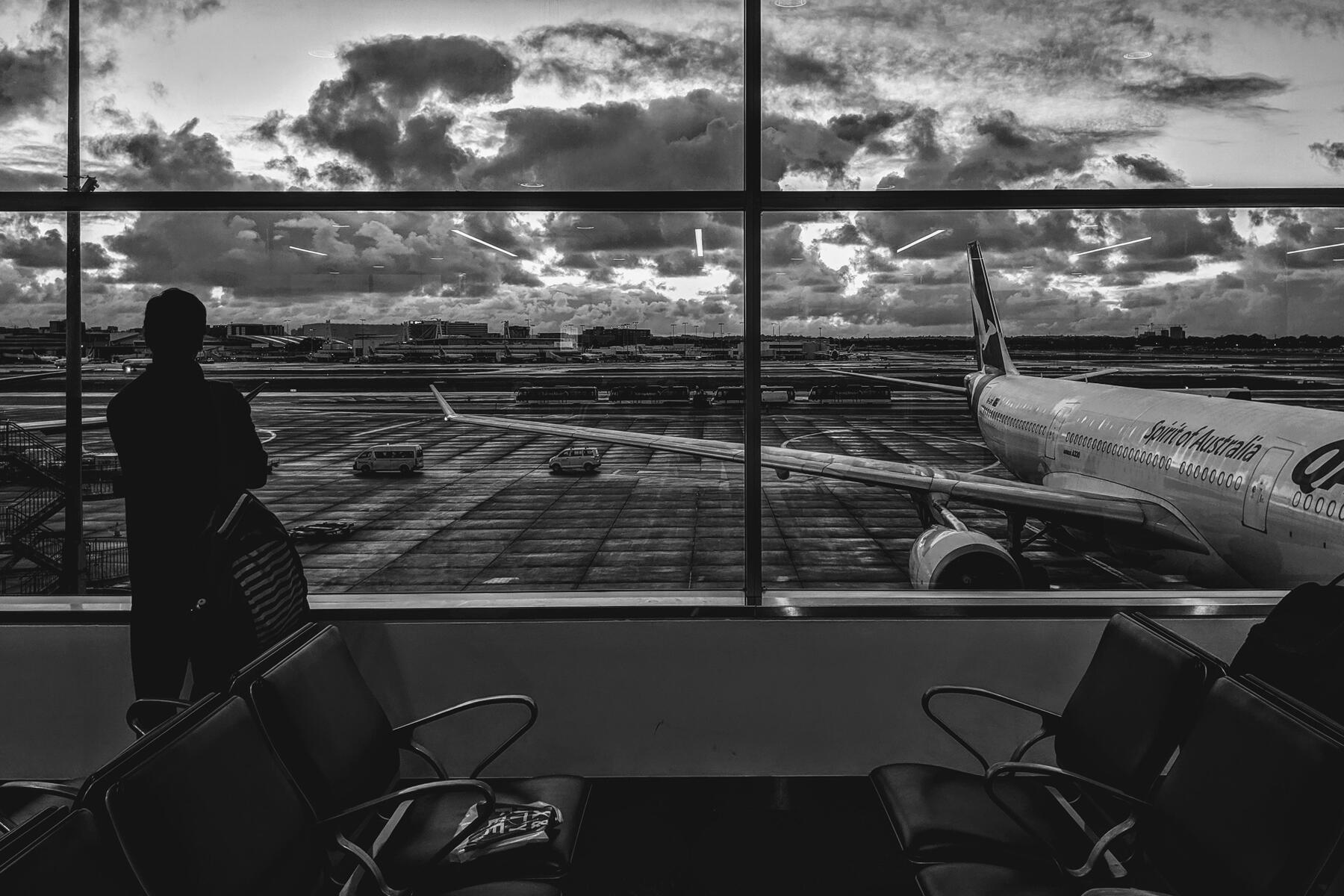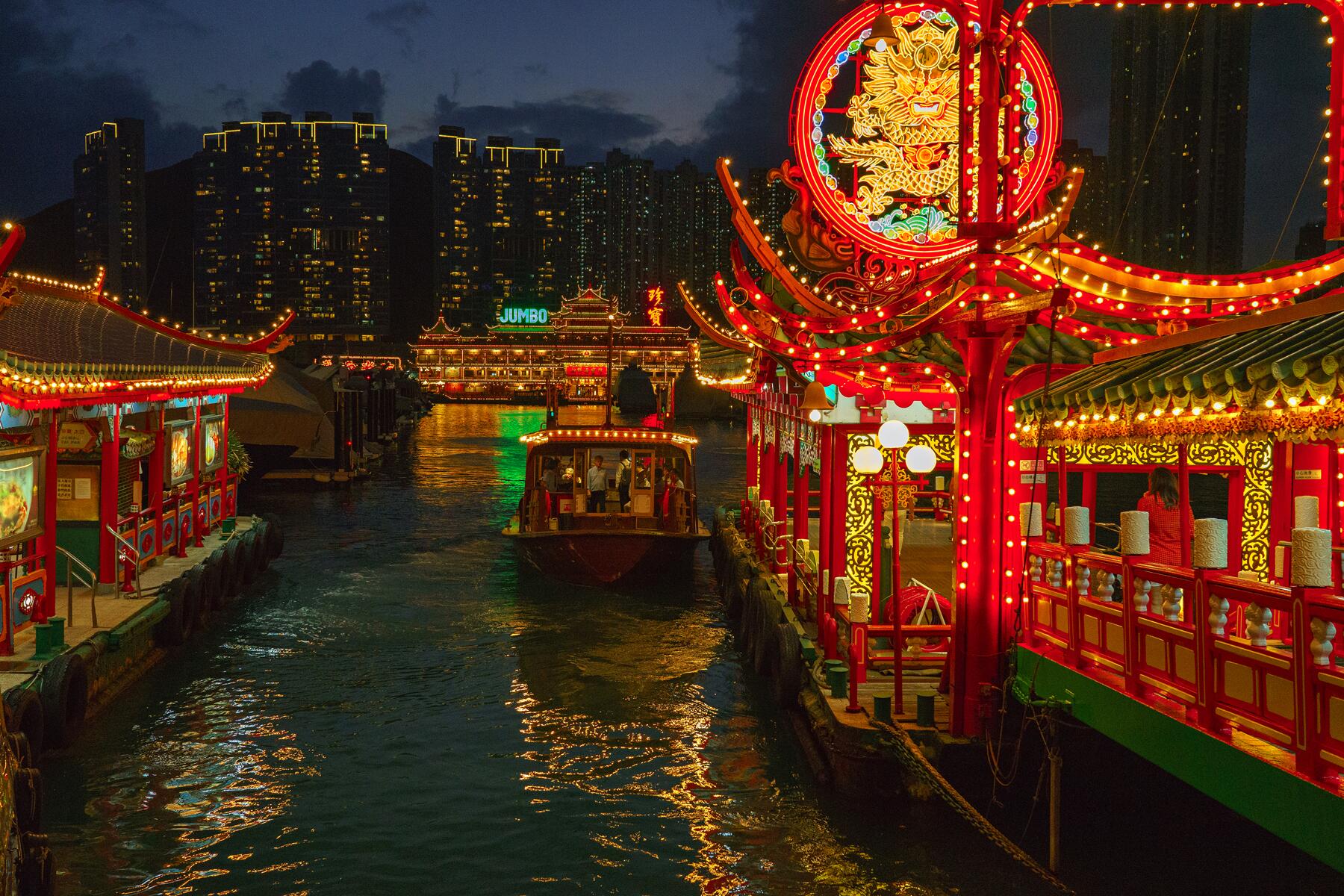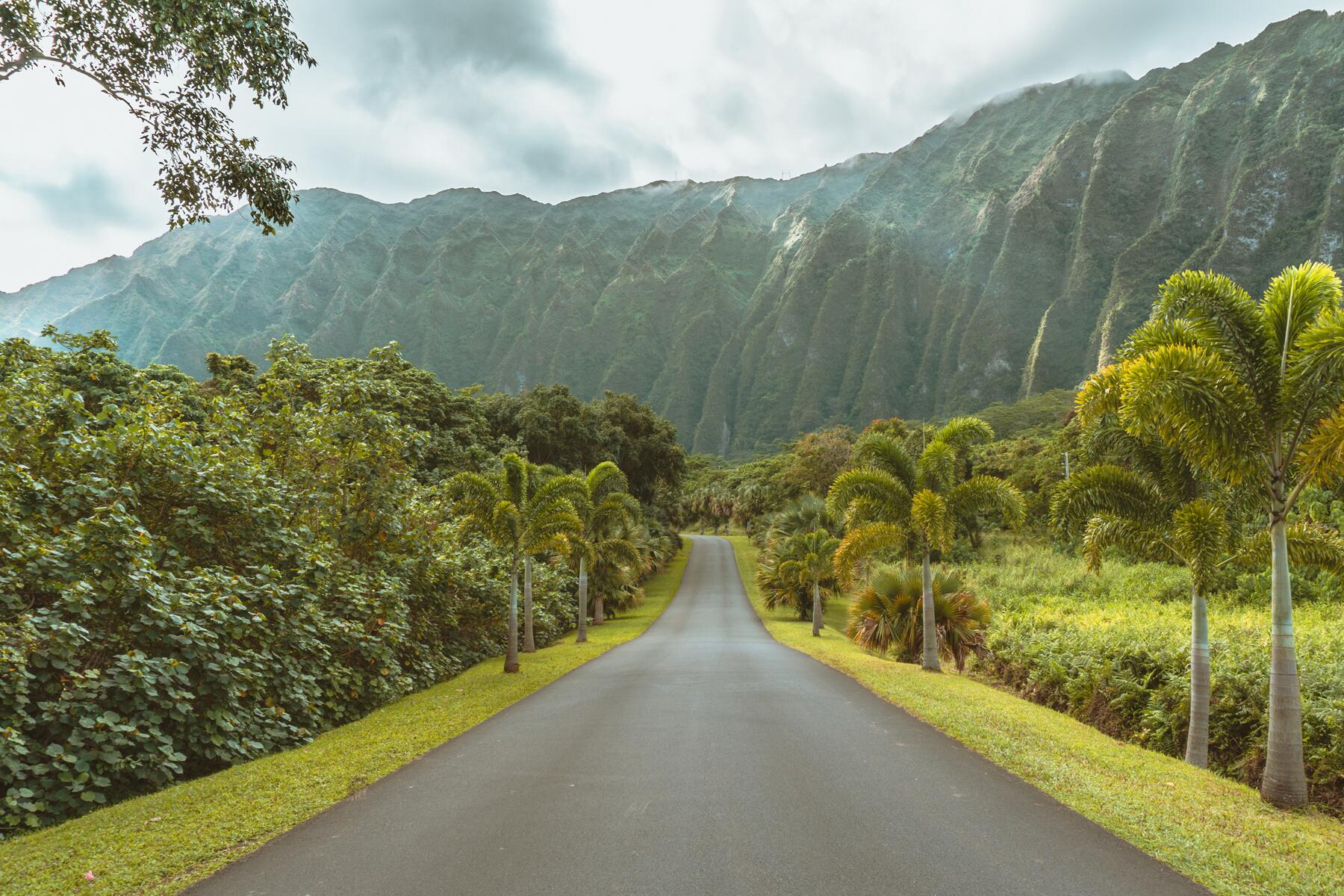If you don’t time your test correctly—no island time for you!
In October, Hawaii began its pre-travel testing program, allowing visitors from the mainland U.S. to bypass the 14-day quarantine after testing negative for COVID-19 within 72 hours of traveling to the islands. Starting November 6, the program will also extend to visitors coming to the islands from Japan.
You may be eager to jet off to Hawaii for a tropical getaway, but there are a few things you need to know before you pack that beach bag.
As with all things related to COVID-19, the details change quickly. At the time of writing, all of Hawaii’s islands allow visitors from the mainland with the exception of Lanai, which is limiting non-essential travel due to a new cluster of COVID-19 cases.
Pre-Travel Testing Process
Prior to traveling to Hawaii, you’ll need to register on the Safe Travels Hawai’i website and upload proof of a negative COVID-19 test. Hawaii is only accepting results from a nucleic acid amplification test—which has to be done by one of the state’s approved testing partners—and the test must be conducted within 72 hours of your final leg of travel to Hawaii. Not complicated enough? Visitors to the Big Island will also have to take a second COVID test when they arrive at the airport.
After your initial test, you’ll also be asked to fill out a Travel Health Questionnaire on the Safe Travels platform within 24 hours of flying to the islands. Once you’ve completed it, the system will email you a QR code to present upon arrival at the airport. Finally, you’ll be granted a confirmation of quarantine exemption. Keep this handy—you may need to show it to your hotels and transportation providers while on the island.
If you chose not to participate in the pre-travel testing program, or produce a positive test result, you’ll have to undergo the 14-day visitor quarantine. And if test results are not yet available at the time you arrive in Hawaii, you’ll be required to quarantine until a negative result is produced and uploaded to your Safe Travels account.
Where Can I Stay?
Once you’re out of the airport and ready to enjoy your vacation, the experience may vary depending on where you chose to stay. If you’re opting for a vacation rental, you’re in luck—Oahu recently reopened its short term rental market, since closing it down in early April. On Kauai and within Maui County (which includes Maui, Lanai, and Molokai), rentals have been up and running since June.
Many hotels and resorts have also reopened, and more are planning to open their doors throughout the rest of the year. Unfortunately, services and amenities are still limited—a number of resorts have closed their spas, limited pool and restaurant hours, and implemented guidelines regarding everything from check-in procedures to in-room dining services. Protocols vary and it’s best to check directly with your hotel for the most up to date information.
What to Expect at Your Favorite Resorts
On Oahu, the historic Moana Surfrider is welcoming guests to enjoy its Victorian vibes and towering Banyan tree. Unfortunately, the hotel has done away with its in-room dining service for the time being and isn’t allowing guests to access the spa, Kids Club, or Lounge. Guess you’ll just have to settle for strolling in the sand on Waikiki Beach—the hotel is literally steps from the water.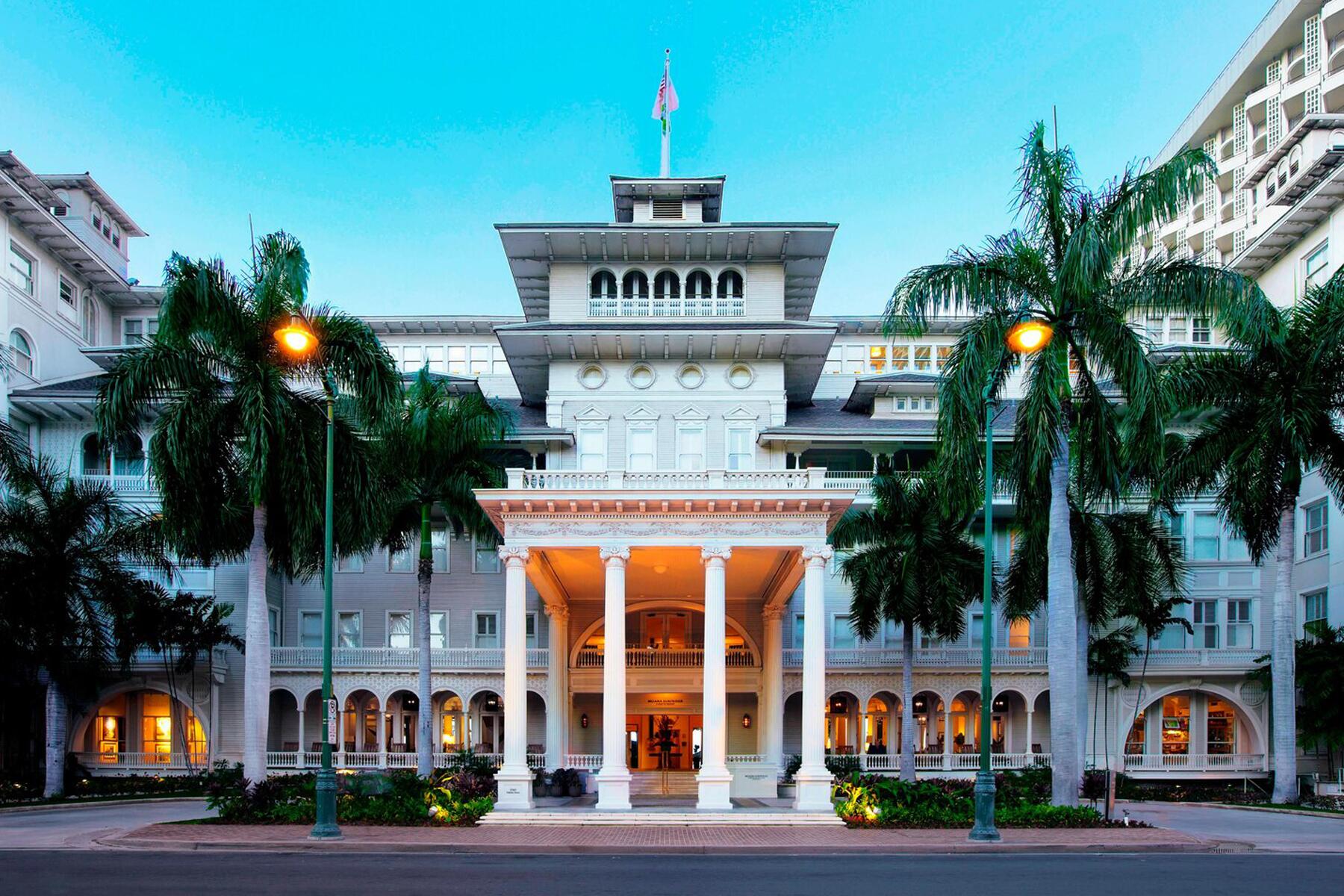
Down in Ko Olina, Disney’s Aulani Resort opened its doors again on November 1 and is planning a phased approach to reopening. Initially, a number of the resort’s dining options will remain closed, along with the spa. You also won’t be able to participate in some of the resort’s signature events like ukulele lessons, the ‘Ohana Hula, or ‘Ohana Movie Nights. But there is some good news—the Waikolohe Stream lazy river is open!
Unfortunately, one of the most famous resorts on Oahu is currently closed. Turtle Bay Resort on Oahu’s North Shore (you may recognize it from movies like Forgetting Sarah Marshall) pushed its opening date multiple times and has now announced it will remain closed until early 2021. On the bright side, it’s currently undergoing a large renovation project, giving visitors even more to look forward to when they return next year.
Kaua’i Marriott Resort on Kalapaki Beach is open for business. Expect some of the standard restrictions here—like new mask requirements in the fitness center and limited dining options. Luckily, you can still enjoy tons of physical distancing-friendly activities like kayaking and snorkeling. If you prefer to stay in Princeville during your trip to Kauai, the Westin Princeville Ocean Resort Villas is open, though the hot tub, spa, and Kids Club will remain closed for the time being, along with some of the resort’s restaurants and bars. It’s also important to note that the popular Princeville Resort is no longer an option for travelers. The resort shut down in early 2020 for a major renovation and rebrand. It will reopen in 2022 as the 1 Hotel Hanalei Bay.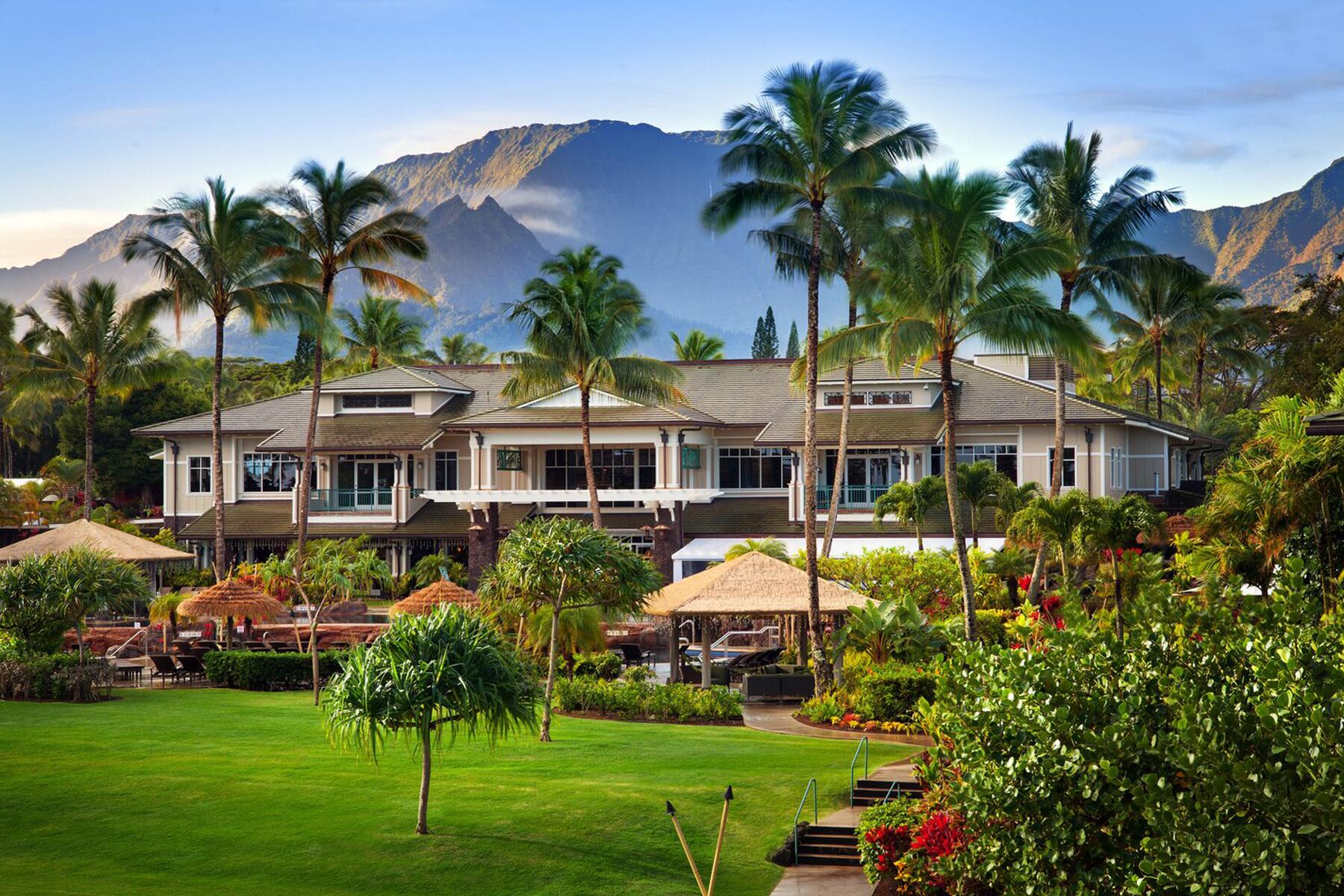
On Maui and the Big Island, some options include the Hilton Waikoloa Village, the ritzy Mauna Lani, and the Sheraton Maui Resort & Spa—all of which have only mild restrictions on services and amenities. The Sheraton Maui is even planning to open its on-site spa again sometime in November.
The Four Seasons Resort Maui at Wailea will also reopen by the end of November, at which time you can expect to undergo additional temperature checks and health questionnaires before spending any time in the resort’s award-winning Serenity Pool or snuggling up in a beachside cabana.
Worth the Trip
Though the testing process can seem daunting at first glance, and the resort experience isn’t quick back to “normal,” a trip to Hawaii is still well worth it. The outdoor playgrounds on each island are ideal for physically distanced fun, from hiking to snorkeling, surfing, and sunbathing. Each county in Hawaii has different guidelines when it comes to safety protocols, but in general, many trails, beaches, parks, and monuments are open statewide. You should expect to wear a face mask, adhere to physical distancing protocols, and feel plenty of pent up aloha during your next trip to the Rainbow State.
